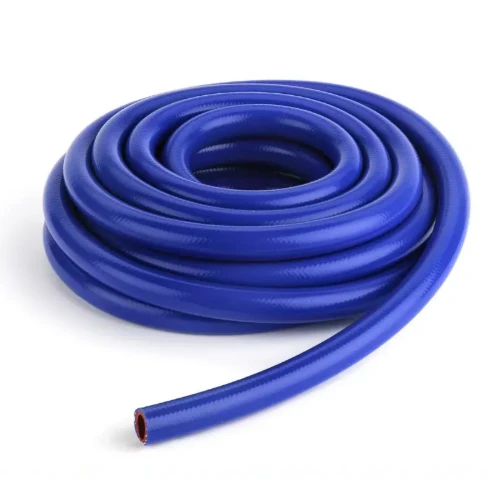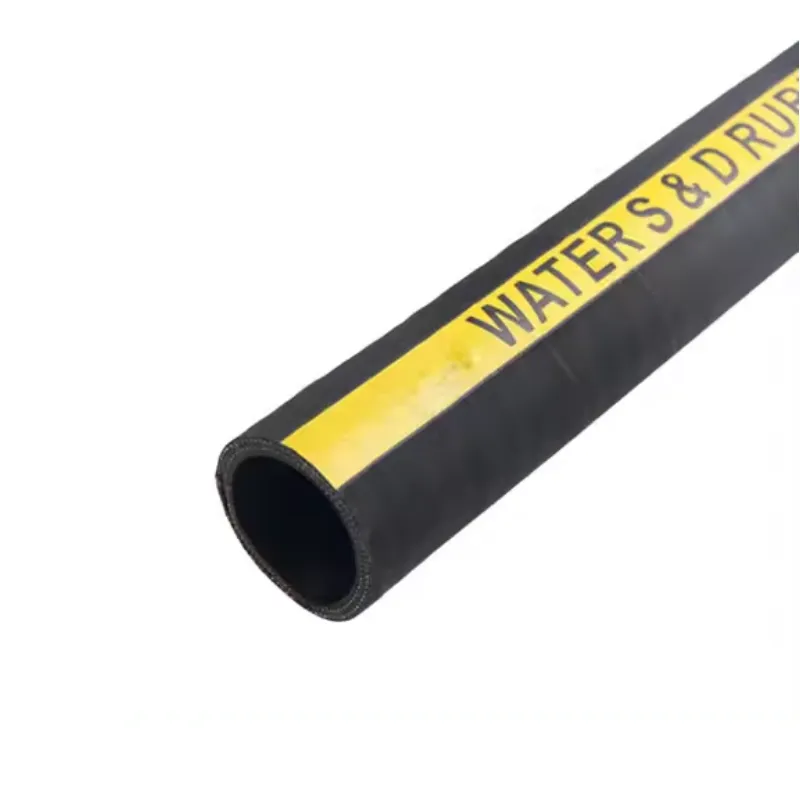
- Afrikaans
- Albanian
- Amharic
- Arabic
- Armenian
- Azerbaijani
- Basque
- Belarusian
- Bengali
- Bosnian
- Bulgarian
- Catalan
- Cebuano
- Corsican
- Croatian
- Czech
- Danish
- Dutch
- English
- Esperanto
- Estonian
- Finnish
- French
- Frisian
- Galician
- Georgian
- German
- Greek
- Gujarati
- haitian_creole
- hausa
- hawaiian
- Hebrew
- Hindi
- Miao
- Hungarian
- Icelandic
- igbo
- Indonesian
- irish
- Italian
- Japanese
- Javanese
- Kannada
- kazakh
- Khmer
- Rwandese
- Korean
- Kurdish
- Kyrgyz
- Lao
- Latin
- Latvian
- Lithuanian
- Luxembourgish
- Macedonian
- Malgashi
- Malay
- Malayalam
- Maltese
- Maori
- Marathi
- Mongolian
- Myanmar
- Nepali
- Norwegian
- Norwegian
- Occitan
- Pashto
- Persian
- Polish
- Portuguese
- Punjabi
- Romanian
- Russian
- Samoan
- scottish-gaelic
- Serbian
- Sesotho
- Shona
- Sindhi
- Sinhala
- Slovak
- Slovenian
- Somali
- Spanish
- Sundanese
- Swahili
- Swedish
- Tagalog
- Tajik
- Tamil
- Tatar
- Telugu
- Thai
- Turkish
- Turkmen
- Ukrainian
- Urdu
- Uighur
- Uzbek
- Vietnamese
- Welsh
- Bantu
- Yiddish
- Yoruba
- Zulu

آوریل . 14, 2025 09:35 Back to list
Sand Blasting Hose Specifications Durable, High-Pressure & Abrasion-Resistant Pipes
Did you know 78% of operational delays in abrasive blasting stem from substandard hoses? Imagine losing $450/hour because your hose cracked under 250 PSI. You demand sand blasting hose specifications
that survive industrial warfare. Let’s decode what separates premium hoses from time bombs.

(sand blasting hose specifications)
Why Top-Tier Sand Blasting Hose Specifications Dominate
Your hose isn’t just a tube—it’s your project’s lifeline. Premium suppliers arm you with:
- ✅ 3X Armor: 4-layer rubber + steel wire reinforcement
- ✅ Pressure Mastery: 250-400 PSI sustained performance
- ✅ Heat Resistance: -40°F to 212°F operational range
- ✅ Flex Kings: 6-inch bend radius without kinking
Sand Blasting Hose Suppliers: Who Delivers Real Value?
| Feature | Budget Hoses | Premium Hoses |
|---|---|---|
| Replacement Frequency | Every 3 months | 18-24 months |
| Burst Pressure Safety | 1.5X rated | 4X rated |
Tailored Sand Blasting Hose Pipe Solutions
Why settle for generic? Elite suppliers create hoses that:
- 🔥 Match your exact nozzle diameter (1/4" to 2")
- 🔥 Integrate with Clemco, Schmidt, or Marco systems
- 🔥 Add anti-static layers for combustible environments
Ready to Upgrade Your Blasting Power?
Claim your FREE hose specification audit from industry leaders. Our engineers will analyze your needs and recommend the perfect hose configuration.
98% of users report reduced downtime within 30 days

(sand blasting hose specifications)
FAQS on sand blasting hose specifications
Q: What are the key specifications to consider when selecting a sand blasting hose?
A: Key specifications include inner diameter (ID), working pressure rating, material durability (e.g., rubber or polyurethane), and abrasion resistance. Ensure compatibility with your sandblasting equipment and media type.
Q: How do I identify reliable sand blasting hose suppliers?
A: Look for suppliers with certifications (e.g., ISO), positive customer reviews, and proven industry experience. Verify if they offer technical support and customization options for specific needs.
Q: What distinguishes a sand blasting hose from standard industrial hoses?
A: Sand blasting hoses are reinforced with multiple layers for high-pressure resistance and extreme abrasion protection. They often feature a smooth inner lining to prevent media clogging, unlike standard hoses.
Q: Can sand blasting hose suppliers provide custom-length solutions?
A: Yes, most suppliers offer custom hose lengths, fittings, and diameters tailored to your equipment. Confirm lead times and minimum order requirements before finalizing.
Q: How does hose pipe diameter impact sand blasting efficiency?
A: A larger diameter reduces air velocity, minimizing wear, while a smaller diameter increases velocity for finer media. Choose based on your equipment’s pressure and media flow requirements.
Q: What certifications should a quality sand blasting hose have?
A: Prioritize hoses with ISO 9001, MSHA, or OSHA compliance. These ensure adherence to safety, durability, and performance standards for abrasive applications.
Q: How can I extend the lifespan of a sand blasting hose pipe?
A: Avoid kinks, excessive bending, or over-pressurization. Regularly inspect for wear, clean residual media, and store coiled in a dry environment to prevent degradation.
Latest News
Steel Wire Reinforced Hydraulic Hose SAE 100 R1 / EN853 1SN S
NewsOct.17,2024
Two Layers Steel Wire Reinforced Hydraulic Hose SAE 100 R2 / EN853 2SN
NewsSep.03,2024
Textile Braid Reinforced Hydraulic Hose SAE100 R3+R6
NewsSep.03,2024
Textile Reinforced Hydraulic oil Suction Hose with embedded Steel Wire SAE 100 R4
NewsSep.03,2024
Single Wire Braid and Textile Covered Hydraulic Hose SAE 100 R5
NewsSep.03,2024
High Pressure Thermoplastic Hydraulic Hose SAE 100 R7 / EN855 R7 - SAE 100 R8 / EN855 R8
NewsSep.03,2024
Heavy Duty Four-layer Steel Wire Spiral Reinforced Hydraulic Hose SAE100R9+R10+R12
NewsSep.03,2024
Heavy Duty Multi-layer Steel Wire Reinforced Hydraulic Hose SAE100R13 SAE100R15
NewsSep.03,2024
Latest Products










